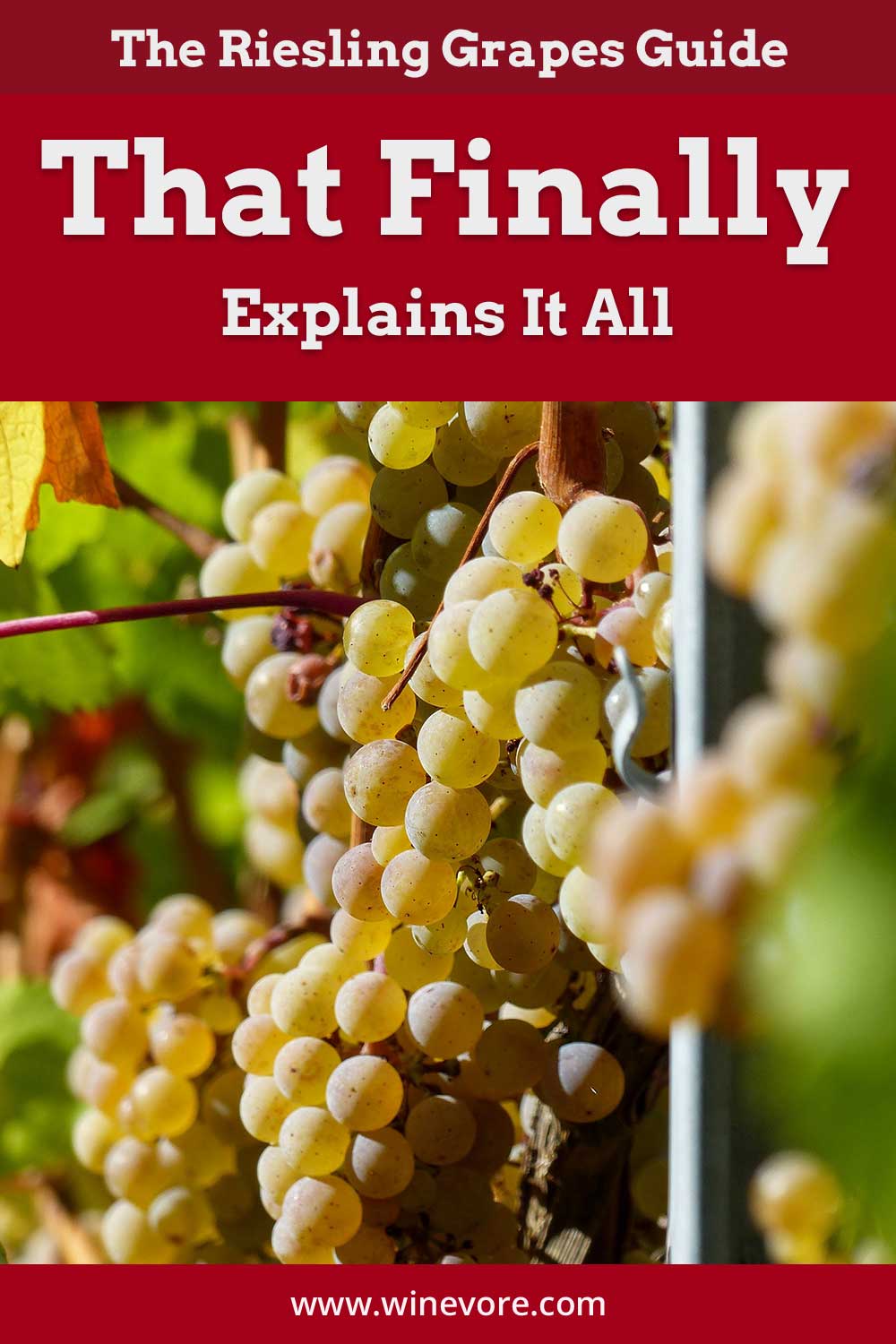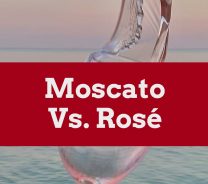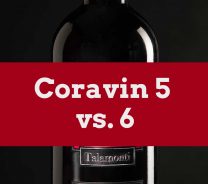The Riesling Grapes Guide That Finally Explains It All
Last Updated on August 1st, 2023
Reader Disclosure Disclosure: We may earn commissions for purchases made through links on our site. Learn more on our about us page.So you’re curious about Riesling grapes. Can you eat them? What grapes make Riesling grapes? Do they have any history behind them?
Finally, you’ve made it to the right place. We’re here to answer all these questions for you and more!
Ever wondered about the specifics of Riesling’s Grapes?
Despite Riesling grapes originating from Germany, its popularity has spiked over the years and is now grown nearly everywhere – but what else is there to know about this ancient strain of grapes? Let’s get right into it.

What grapes are in Riesling wine?
Riesling grapes are green-skinned grapes that are used to make white Riesling wine. The grapes are said to originate from Germany alongside the Rhine river region, which is known to run through Germany and France, Austria, and Switzerland.
Can you eat Riesling grapes?
Riesling grapes are indeed editable. However, they are not as delightful as you might think. Wine grapes, in general, have indifferences from your classic table grapes. In addition, wine grapes, in general, are not only smaller in size but also carry seeds and have thick skin.
Although the grape is known to be sweet, the seeds are bitter, and the density of the skin can get to be a bit too chewy. These factors, without a doubt, will leave the whole wine grape consumption experience unpleasant for the pallet.
Therefore, we suggest you stick to eating table grapes, for wine grapes like Riesling are made to create a wine, of course.
What are the parent grapes of Riesling?
Fortunately, the Riesling has both parent grapes identified today, unlike other wine grapes. These are Gouais Blanc, a white wine grape that’s known origin is in Central Europe.
The second would be Traminer, a known relative grape of Gewurztraminer. Traminer is said to originate from Alsace, France, which ideally runs along the Rhine river, which we spoke of earlier.
Interesting Facts about Riesling Grapes
- Riesling grapes are one of Germany’s oldest grape varieties (est. 1435)
- Although Germany is known to be the top producer of Riesling, that doesn’t stop other countries like Australia and New Zealand from growing the grapes also.
- Riesling is considered to be a half-sibling of its largest competitor, Chardonnay.
- Riesling vines thrive in cold weather, and if you buy the aged wine from producers that are located in warmer climates, you might find your wine with strong notes of kerosene.
Final Thoughts on Riesling’s Grapes
Riesling grapes are green-skinned grapes that are used to make white Riesling wine. Riesling grapes are indeed editable. However, they are not as delightful as you might think.
Although the grape is known to be sweet, the seeds are bitter, and the density of the skin will, without a doubt, leave the whole wine grape consumption unpleasant for the pallet.
Gouais Blanc, a white wine grape that’s known origin is in Central Europe, and Traminer, a known relative grape of Gewurztraminer, are both known to be the parent grapes of Riesling.


















